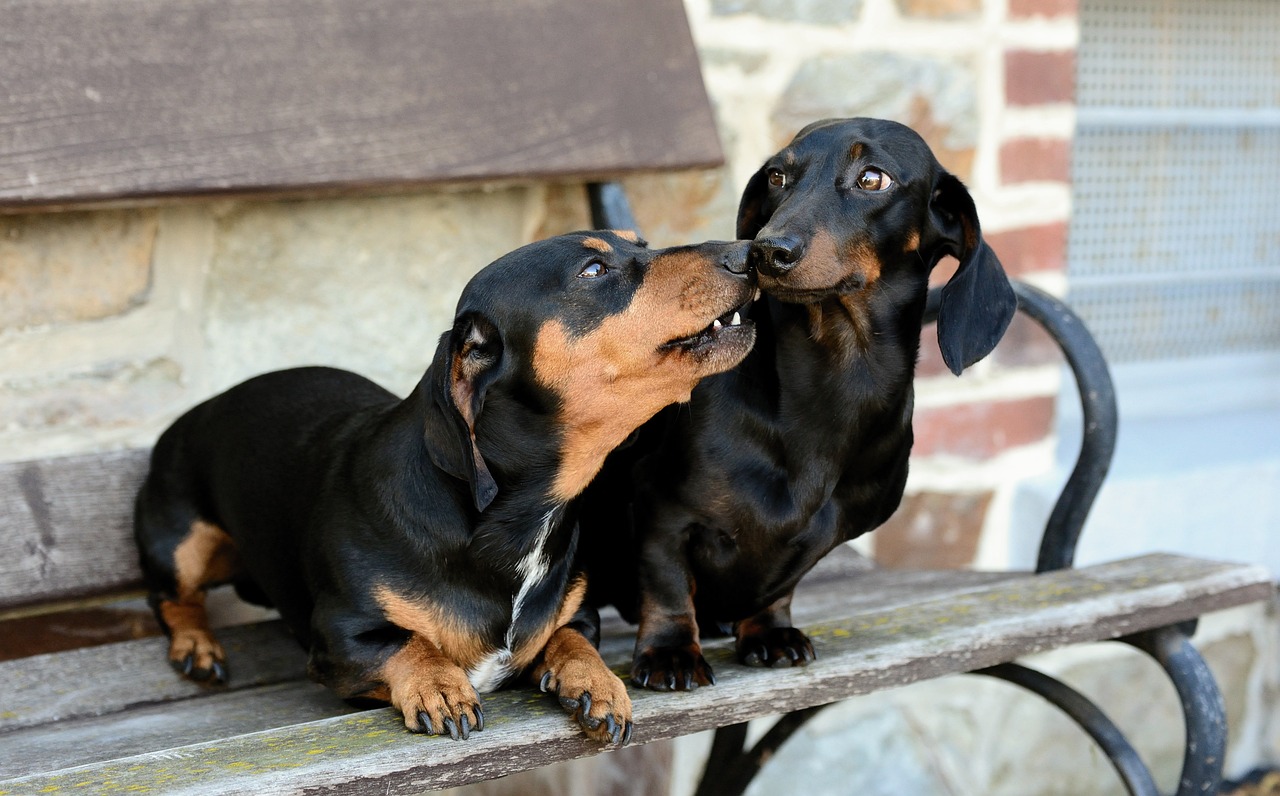Behavioural reactions towards a dead conspecific have been observed rarely in wild canids and there is no documented scientific evidence of grief in pet dogs.
An Italian study analyses the behaviour of domestic dogs after the death of their companions. The survey was completed by 426 Italian adults who had owned at least two dogs, one of whom died while the other was still alive.
Animals suffer for their counterpart death
Grief responses are already reported in social species such as great apes, whales, dolphins, elephants and birds. Death rituals, including touching and investigating a conspecific’s carcass is one of the most reported

In primates and cetaceans, individuals have been observed physically supporting and/or carrying a deceased conspecific (usually a young animal) for periods. Seeing the corpse might be useful for an animal as it might learn about death from specific features, including the total lack of responsiveness or animacy. Indeed, different animal species exhibit complex responses towards their dead, probably, not only because of several sensory characteristics but also from changes in biological motion perception.
Furthermore, dogs might display grief as a result of a close relationship, due to their highly social nature. However, behavioural responses towards dying/dead conspecifics have been only rarely observed in wild canids. For example, wild wolves burying the carcasses of two-week old pups have been studied.
The ability to mourn has been suggested for a variety of other animal species, including dogs, but the risk of an anthropocentrically interpretation makes difficult to design replicable and representative scientific experiments.
A scientific questionnaire based on a statistical analysis to measure domestic dogs’ grief
The reported study [1] identify and quantify grief-related reactions over the loss of a companion dog in an Italian pet dog population. A previously scientifically validated questionnaire (Mourning Dog Questionnaire-MDQ) has been used. The MDQ is designed to obtain data on grief responses in dogs and dog owners after the loss of a pet dog. It must be considered that the dog owners may have a tendency to over-report canine emotions and there are also changes in the daily routine and perhaps the attitudes and responses of the owner of the deceased dog, and these may affect the behaviour of the survivor as well. Considering and cross-referencing owners’ reports on both themselves and their dog partner’s is a unique aspect of the current study, that allows the assessment of the risk of biased responding. In particular, we aimed to test the hypothesis that if any behavioural changes were observed by the owner in a dog after the loss of a companion dog, these reflected real behavioural changes presumably resulting from the loss of the conspecific, regardless of the owner’s own feelings and memories over the same loss.
The particular structure of the questionnaire is composed of a part concerning the experiences of the dogs’ owners, the life of the deceased dog and the relationship between the two dogs (including their sharing times and objects). Then a psychological part thought for the owners vision of life based on bereavement distress, positive outlook, pet attachment and death representation. Different Statistical analysis have been used to analyze the answers.
The behavioral changes of the dog suffering for the companion’s death
The results [1] show that after the companion’s death several negative behavioural changes have been observed in the alive dog. In particular: attention seeking increased (67%), playing less (57%), level of activity reduced (46%), sleeping more (35%), fearfulness increased (35%), eating less (32%) and vocalisation increased (30%).
Dogs living in the same household might develop a strong affiliative bond, regardless of whether they have a kinship relationship. From an ecological point of view, both affiliative and parental bonds are important components of the natural social organization of free ranging dogs. Social animals have a strong tendency to co-operate and synchronise their behaviour. Thus, a strong affiliation during life may have led pet dog dyads to integrate their routines, which may explain the changes observed after the death event in the surviving dog.

Furthermore, when surviving dogs live with owners that answered with highest scores of grief distress, there might be some form of emotional contagion, evidence of a primitive form of crosss-pecies empathy as already observed in pervious research. In general, a series of hypothesis could explain the surviving dog’s behavior: the first that the suffering owner can trigger fear in the dog, the second that the owner’s suffering can change the perception of the dog’s behavior. Another one considers that the change of routines after the death, that mat leads to frustration in the surviving dog. Furthermore, the loss of the dog’s companion makes the other dog aware of the potential risk of death [1].
All these explanations are important, but the authors [1] underline the importance of further researches to confirm that this behavior could be identified ad a grief.
[1] Domestic dogs (Canis familiaris) grieve over the loss of a conspecific – Stefania Uccheddu, Lucia Ronconi, Mariangela Albertini, Stanley Coren, Gonçalo Da Graça Pereira, Loriana De Cataldo, Anouck Haverbeke, Daniel Simon Mills, Ludovica Pierantoni, Stefanie Riemer, Ines Testoni & Federica Pirrone; Scientific Reports volume 12, 1920 (2022).





